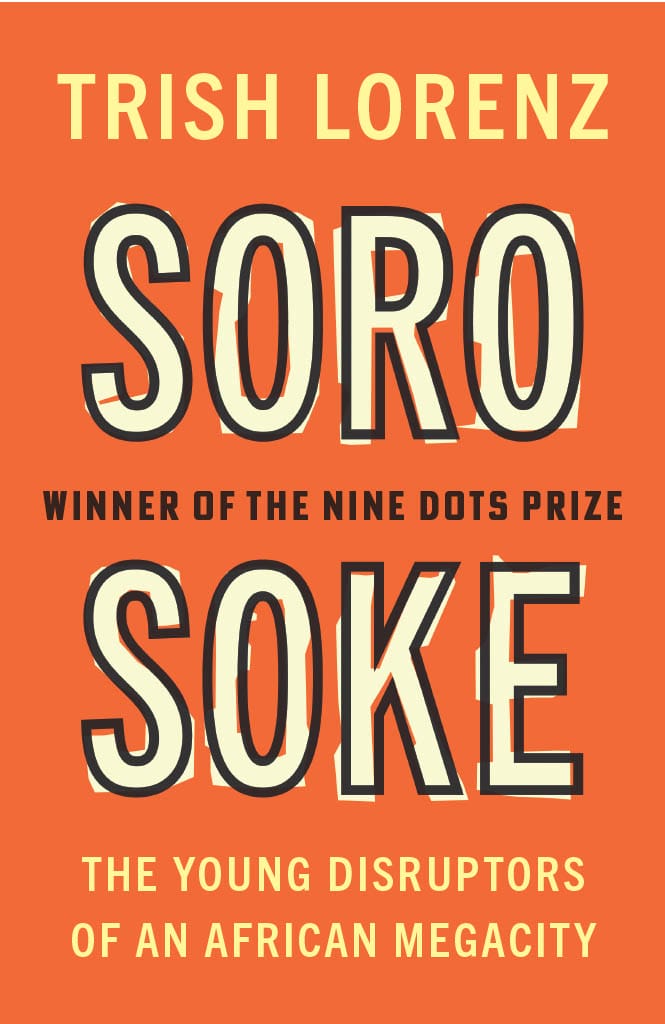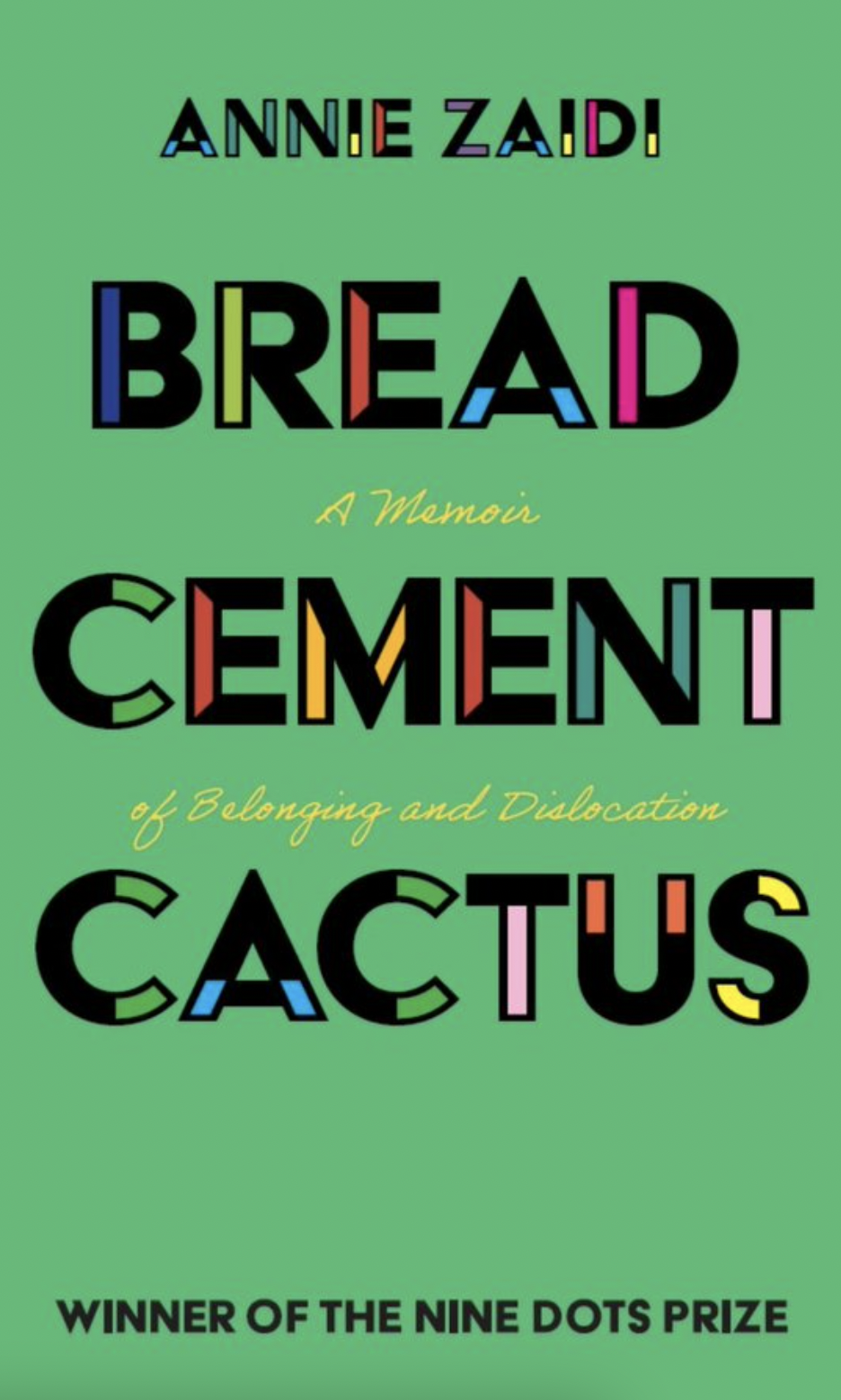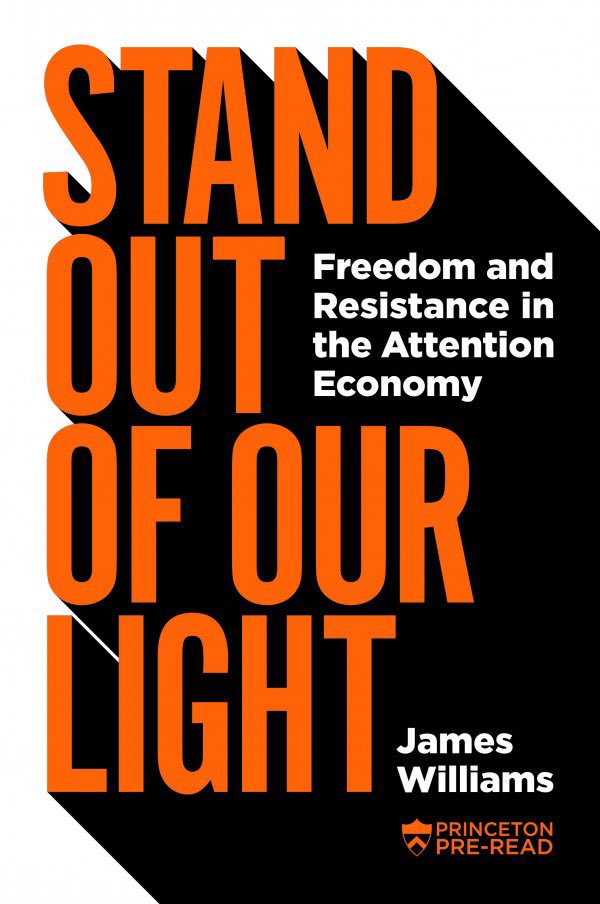Nine Dots Prize releases first podcast on writing creative non-fiction
8 October, 2018
The Nine Dots Prize has created a podcast to help those who are considering applying for the Prize, giving tips, advice and insight into what the Board is looking for in a winning entry.
The first podcast is about writing non-fiction in a creative and engaging way. One of the challenges of the prize is to produce a response to the Prize question (this year: Is there still no place like home?) that is based on research and evidence but is written with creative verve and style. To inspire entrants, we have gathered together three successful writers and asked their advice on writing creative non-fiction.
The three interviewees are:
- Anne Applebaum, columnist for the Washington Post, Pulitzer Prize-winning historian and member of the Nine Dots Prize Board
- Maria Farrell, who writes both non-fiction (reports, essays, articles) and think tank fiction that helps organisations imagine what the world is going to look like in the future
- Adam Kay, author of This Is Going To Hurt: Secret Diaries of a Junior Doctor, which is based on a set of diaries that Adam kept during his time as a junior doctor
You can listen to the full podcast here but, to get you started, here are some words of wisdom from each of our contributors:
“To make your non-fiction sing I think you have to think, who’s my protagonist here? Or who are my several protagonists? Who’s the point of view, who are the people that are being affected and, also, who are the people who are driving things forward? And often you will find there are specific characters and individuals who drive things forward. Interview them, talk to them, get a feel for how they speak and how they look at the world.” – Maria Farrell on finding your “characters”
“There’s a difficult balance between the broad and the personal in non-fiction writing. I thought no one would care in the slightest about my life – and all they would want to read about would be hospital anecdotes, be they funny or sad or gross or whatever. And I stripped out almost all of my life from the book – and the first note I got back from Francesca, my editor at Picador, was, ‘We want to know more about you.’” – Adam Kay, on balancing the general and the personal
“I always try to use conversational language, as if I’m talking to somebody…You want the book to be something that people feel is accessible. I’m not against long words or particularly specialist words if that fits your topic but, as much as possible, I try to use everyday language. You want language that’s somehow alive.” – Anne Applebaum on using everyday language
Each interviewee also reads an extract from their work. Anne Applebaum reads from Iron Curtain: The Crushing of Eastern Europe, 1944–1956 (Allen Lane), and discusses her other recent books Gulag: A History (Doubleday) and Red Famine: Stalin’s War on Ukraine (Penguin Random House). Adam Kay reads from This Is Going To Hurt (Picador). Maria Farrell reads from Falling for Mishi (™), which was written for the Internet Society’s Global Internet Report.



